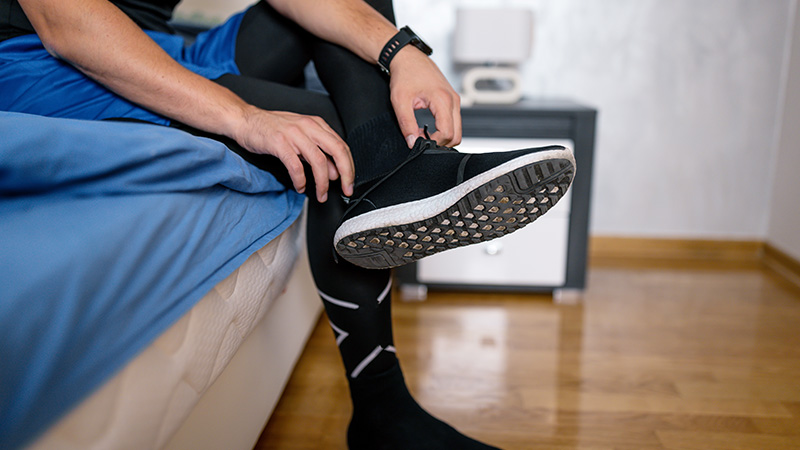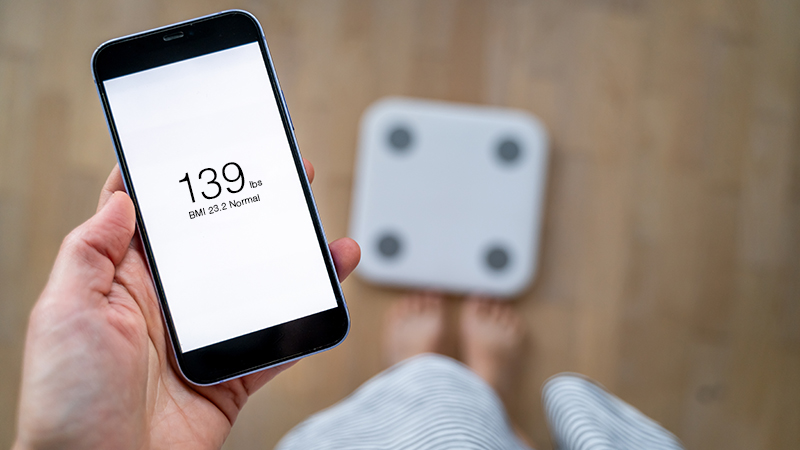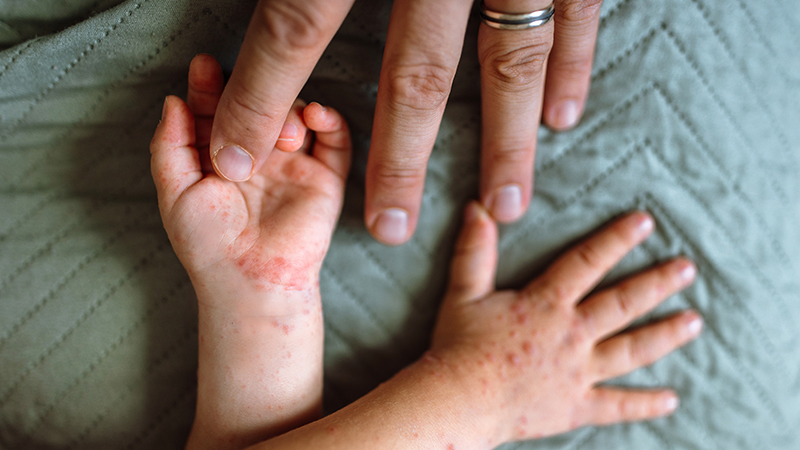I Think I Have Shingles. Now What?
Treatment for Varicella Zoster Virus
Published February 2023
If you have shingles, you are not alone. Approximately one out of every three people in the U.S. will get it in their lifetime. Shingles is caused by a virus called varicella zoster virus (VZV). Shingles typically starts with itchy skin in a small area on one side of your body, face or neck and builds to a burning sensation. In that same area, a painful red rash will develop, blister and eventually dry up. You may also develop a fever, headache or the chills in addition to the blistering rash.
The Shingles-Chickenpox Connection
Wash your hands often and keep your rash covered.— Mohammad S. Bashir, MD
Chickenpox and shingles are caused by the same virus. After having chickenpox, VZV stays inactive in your body's nerve tissues. If your immune system is weakened at any point, VZV can reactivate and lead to shingles.
Here are some facts you need to know about shingles:
- You can't get shingles without first having chickenpox.
- Children can get shingles after having chickenpox.
- It's rare but possible to get shingles twice.
- Most cases of shingles last three to five weeks.
- If you spread VZV to another person, they can only get chickenpox — not shingles.
Treatment
If you think you have shingles, contact your primary care physician. They can determine if you need an antiviral medication to shorten the life of the virus, as well as any medications for pain.
"Antivirals are most effective when taken within 72 hours of your outbreak, so it's really important to seek medical care within that window," says Mohammad S. Bashir, MD, a primary care physician at Northwestern Medicine. "Far too many times, patients will come in five or seven days after they notice their rash. At that point, it's too late for an antiviral to have significant effect on the duration of the virus."
If you have blisters near your eye, seek care immediately. Shingles around the eye, also known as herpes zoster ophthalmicus, can affect your eyelid, eye surface and deeper parts in your eye. If it's left untreated, it can cause permanent damage to your cornea and swelling of the retina, which can lead to glaucoma and vision loss.
When you have shingles, you're contagious as soon as rash blisters appear and you stop being contagious when they crust over. "The fluid in the blisters can spread VZV, so be sure to wash your hands often, try not to itch your skin and keep your rash covered with a sterile bandage or gauze," says Dr. Bashir.
To soothe itchy skin, which is a common symptom of shingles, you can try home remedies, such as a wet compress, calamine lotion or an oatmeal bath.
Lingering Pain
After shingles blisters heal, you may continue to feel pain. This is called postherpetic neuralgia. Postherpetic neuralgia happens when nerve fibers are damaged from a shingles outbreak; it's more common in older adults. Over time, the nerve pain should subside. However, consult your primary care physician if you continue to feel pain after your blisters are gone.
Prevention
To avoid getting shingles and any complications from the virus, the Centers for Disease Control and Prevention (CDC) recommends the two-dose Shingrix shingles vaccine if you are:
- 50 years and older
- 19 years and older, and you are immunocompromised
Even if you already have had shingles, chickenpox or the chickenpox vaccine, the CDC recommends getting the shingles vaccine. According to the CDC, it is safe for adults to receive the Shingrix shingles vaccine with other vaccines, such the flu and COVID-19 vaccines.
You should not get the Shingrix vaccine if you currently have shingles or are pregnant.






